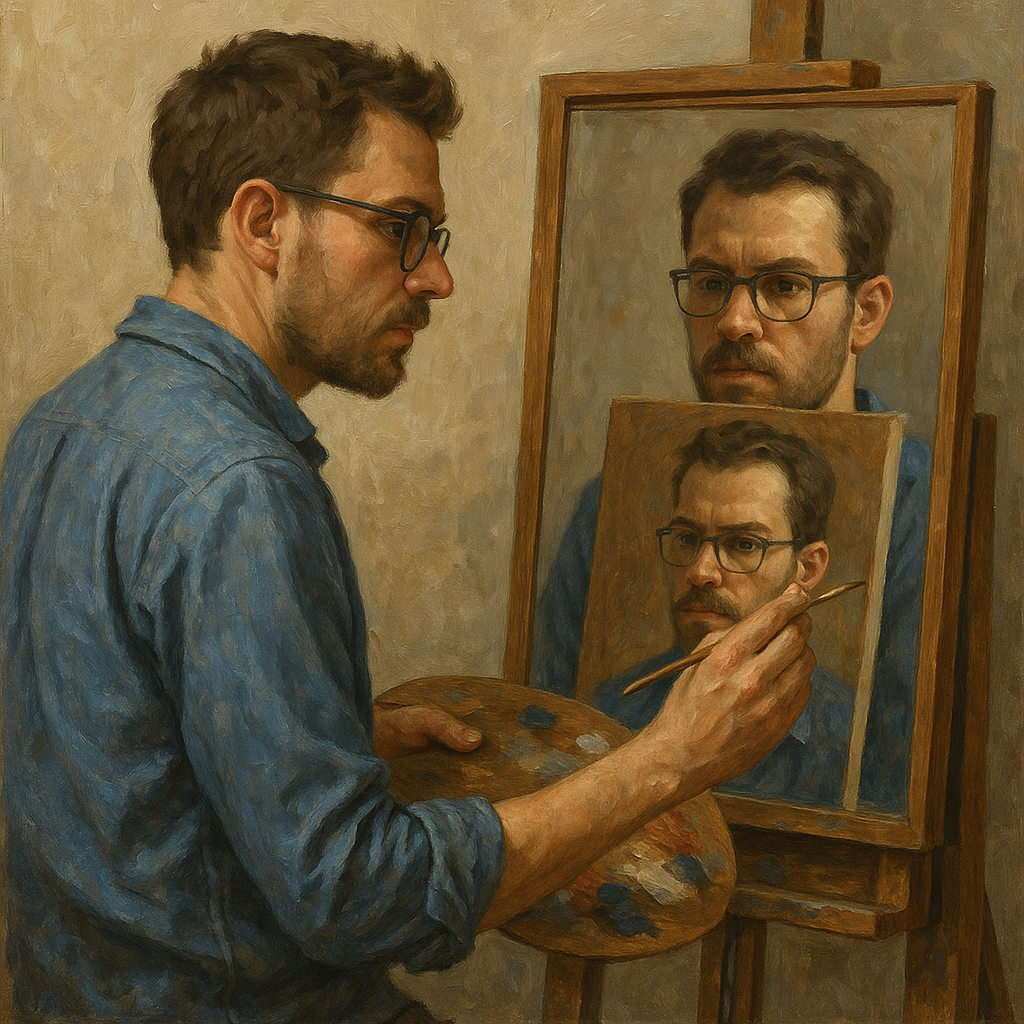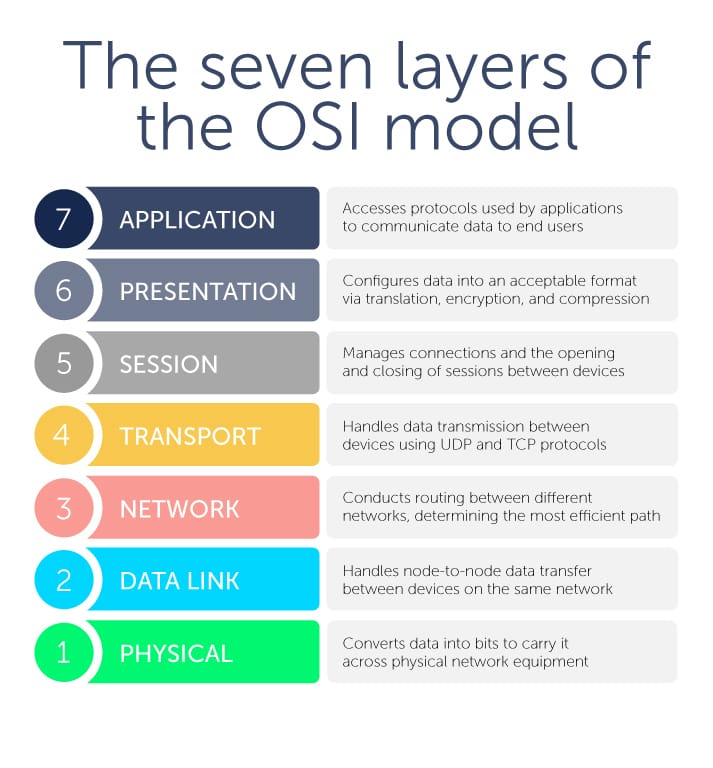The Conscious Creator
What does it mean to be a creator? Five years ago, I made my first dollar on Medium. And it blew my mind. I saw a future where I could get paid for my ideas. So I started writing and writing and writing. And made almost nothing. "Ah,"

What does it mean to be a creator?
Five years ago, I made my first dollar on Medium.
And it blew my mind. I saw a future where I could get paid for my ideas. So I started writing and writing and writing. And made almost nothing.
"Ah," I said. "I know the problem. It's simply that I'm not good enough. I'll simply git gud."
But then I realized that, even as I was focusing on all sorts of different areas, and improving my skills, my ideas, and my network, I still wasn't actually growing my "audience".
That's because you shouldn't be focused on growing an audience. That's an incredibly short-sighted way to use the internet. Audiences are fickle creatures, mobs who move like an army.
Instead, you should be using the internet to build trust in you. And that's what I tried to do. I figured if I were transparent in everything I was doing, people would be able to see that and trust me. Reality ended up proving that hypothesis wrong.
But with AI, that's not necessarily true forever. So I've been looking at how to build a creator-friendly and ai-friendly internet, and that's what I've developed.
When you are creating for an audience, you tend to respond to them and what they want. But what does Rick Rubin, the ULTIMATE CREATOR, think?
“The audience comes last. I believe that. I'm not making it for them. I'm making it for me. And it turns out that when you make something truly for yourself, you're doing the best thing you possibly can for the audience.” — Rick Rubin
That's always been my approach as a creator. I'm learning as much as I can and sharing as much of it as possible. And the internet did absolutely nothing to help me. Now I'm in a race against the clock: can I build trust fast enough to make the money I need in order to survive?
It doesn't help that I'm breaking all the patterns. But I'm breaking the patterns because I'm trying to show people they need to be broken. The patterns we see are keeping us stuck in time.
Yesterday, I published my first paper for peer-review. It's a preprint of "The Conscious Economy: A Whitepaper on Time Violence, Intelligence, and Liberation". Linked is a collectible version, because I want to create a world in which ideas that have been crafted are valuable in and of themselves. Everyone wants to focus on sales numbers, and now Silicon Valley is harvesting the lies they've sown. If you want to have some fun, look up all the ARR drama on Twitter. A bunch of people are complaining about the numbers that companies are throwing around in their investment decks.
This is all a direct result of the incentives at play. I've rebranded myself a "Competitive Theorist" now. And I mean this in two ways: I will absolutely challenge your theories well beyond your comprehension and my own. And I am studying hypercompetition, where you are playing multiple games at once, some of which you may not be aware of.
That's what we've created with the internet, and most people aren't paying attention to what they need to. That makes it incredibly hard as a creator to know what you can rely on. I knew it was bad, but over the past week I took some measurements of trust. It was eye-opening.
At the core of time violence are two pieces:
- informational complexity, which I'm a master of handling, because I can break it into systems that I understand
- operational complexity, which is based on variance of wait times and system capacity. And this is something that I've struggled with, because of the unknown time of interactions and the capacity of the individuals I'm dealing with.
I got so good at the informational complexity piece it broke my ability to work with the other half of it. I see right through it and therefore behave in ways that don't make sense to the people stuck in it.
So I've had to build my own operation, finally. It's the way that I can actually gain control over the chaos. And it's what other creators did naturally because they weren't able to handle near the chaos that I was. My capacity for chaos was my ultimate crutch that I relied on. If I can interpret the chaos, I can live in chaos.
But holy shit is that exhausting, and I finally broke from it last week.
So I've spent the past week exploring the Conscious Creator build and what that looks like.
First, it's a Ghost blog. This is the place for long-form writing, and where you are reading this. Ghost is open-source and creator-friendly. Most of the creators that I know use Ghost as their blog because of the control they get from it.
Then there's a Youtube channel. I don't love Youtube because it's definitely not an open ecosystem but it's one where the users have the ability to find the stuff they are looking for. And it's the go-to education platform for most people.
Here's my problem: I'm not particularly good at Youtube yet. I started warming it up again, and I'm doing better than I did during my last run because I'm actually marketing the channel now. So it's going to take some work, but I'm going to have fun with it. I don't need to be good at that part, because I'm good at the part I know: my experience.
And that's what the conscious internet is built on: your lived experience, aggregated and learned from to help everyone. So I'm building a metric that will help everyone figure out how to value your learned experience: IdeaRank.
IdeaRank is going to be the new Layer 1 for the Conscious OSI Model. In case you aren't familiar, the OSI model of networking shows how data is transmitted on networks.

But the Conscious OSI needs to understand both humans and computers, not just data networks. So we need awareness.
The first layer is the Embodiment Layer, this is your lived experience. And that's what IdeaRank is designed to measure and normalize, for the sake of comparison. It takes your content from any platform, and analyzes it on 6 different criteria:
- Uniqueness (U) - How novel is this content vs. everything else?
- Cohesion (C) - Does it fit the source's theme or is it random?
- Learning (L) - Is the source advancing ideas, not repeating?
- Quality (Q) - Genuine engagement (not just clickbait)
- Trust (T) - Are claims grounded with citations?
- Density (D) - Information density and audience fit (human/AI)
Throughout this week, I'll be focusing on IdeaRank and running in on my content to see what I can build on top of it.
Then, I'll be running up the Conscious OSI Stack:
- Embodiment Layer (this one)
- Accountability Layer (this is what is broken for me right now. I don't have systems that measure where my time is going. I'm working on that right now)
- Awareness Layer
- Empathy Layer
- Trust Layer
- Reflection Layer
- Meaning Layer
So stay tuned. I don't know how long it will take me to evolve the layers of the stack once I have the foundation in place.
We get to find out together!